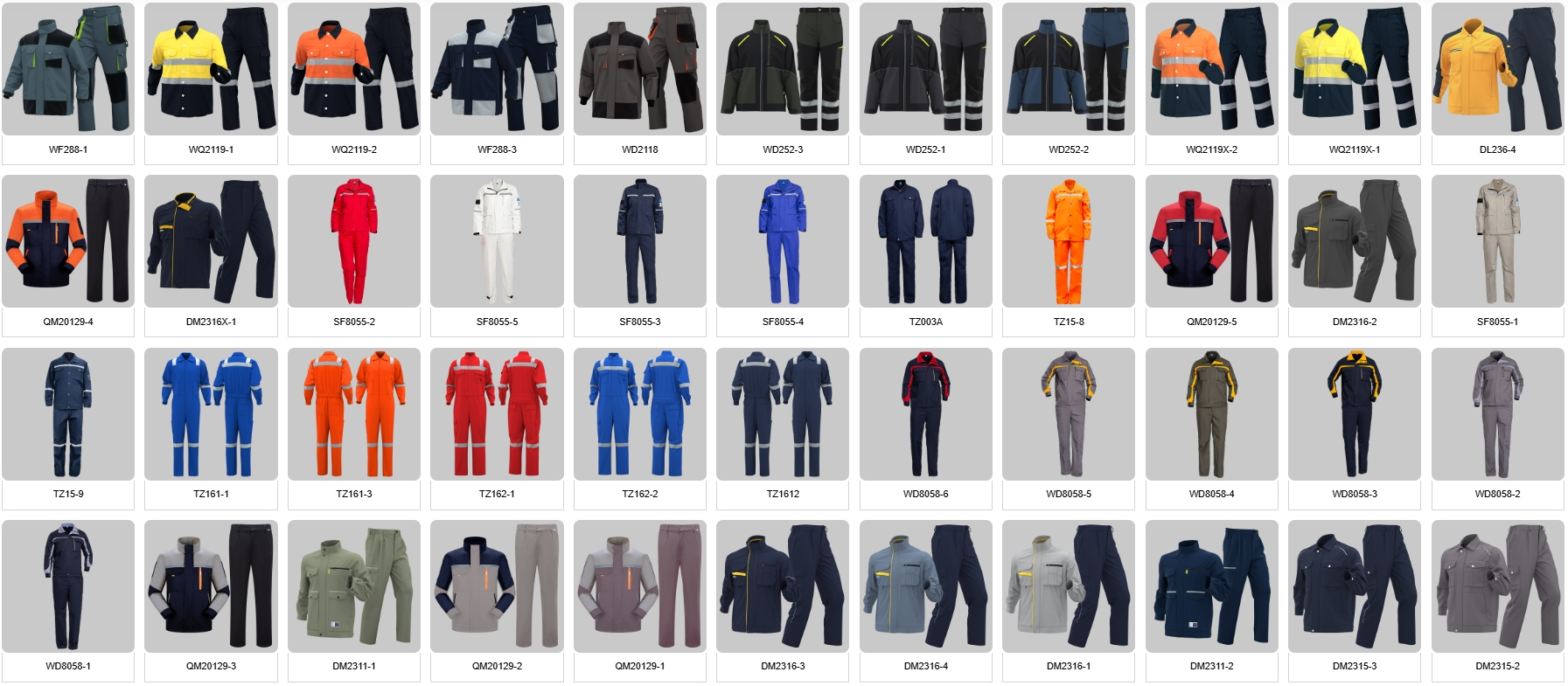What is the difference between workwear and uniform?
Author:HAIYUAN TIME:2025-09-15Read:
This is an excellent question because the terms are often used interchangeably, but there is a distinct difference in their primary purpose. Here’s a simple breakdown:
- Workwear is primarily about function, safety, and durability.
- A Uniform is primarily about identity, branding, and professionalism.
Think of it this way: All workwear can be a uniform, but not all uniforms are workwear.
Detailed Breakdown
Here is a table summarizing the key differences:
A Closer Look at Each Concept
Workwear: Built for the Job
Workwear is designed to protect the worker from the specific hazards of their job and to be durable enough to withstand a tough environment. Its function is its most important feature.
- Example 1 (Construction): A construction worker wears steel-toe boots (to protect feet), a hi-vis vest (to be seen), and durable canvas pants (to resist abrasion). This is all workwear.
- Example 2 (Factory): A factory worker wears flare-resistant coveralls and safety goggles. This is workwear.
- Key Question: Does its design directly protect the worker or help them perform a physical task? If yes, it's workwear.
Uniform: Representing the Brand
A uniform is designed to create a cohesive, professional image and instantly identify the wearer as part of a specific organization. Its appearance is its most important feature.
- Example 1 (Airline): A flight attendant's tailored suit or dress has a specific color and logo to represent the airline and make them easily identifiable to passengers. This is a uniform.
- Example 2 (Retail): Employees at a store wear a branded polo shirt of a specific color. This creates a team look and makes it easy for customers to find help. This is a uniform.
- Key Question: Is its primary purpose to create a standardized look and identify the wearer with a company? If yes, it's a uniform.
The Overlap: When It's Both
This is where it gets interesting. Many jobs require clothing that is both workwear and a uniform.
- A Police Officer: Their outfit is a uniform (it identifies their authority and role). However, the bulletproof vest, sturdy boots, and duty belt are workwear (they protect and function for the job).
- A Nurse: Their scrubs are a uniform (they identify the nurse's role in the hospital). However, they are also workwear because they are made from durable, fluid-resistant fabric designed for a messy, physical environment.
- A Firefighter: Their turnout gear is the ultimate workwear (heat-resistant, waterproof, protective). However, the specific color and insignia also make it a uniform that identifies their rank and station.
Conclusion:
- Use workwear when talking about clothing designed for physical protection and utility.
- Use uniform when talking about clothing designed for identification and creating a standardized image.
The main difference lies in the intent behind the clothing. Is it to protect the body or to represent the brand? Often, the answer is both, but one purpose usually dominates.

